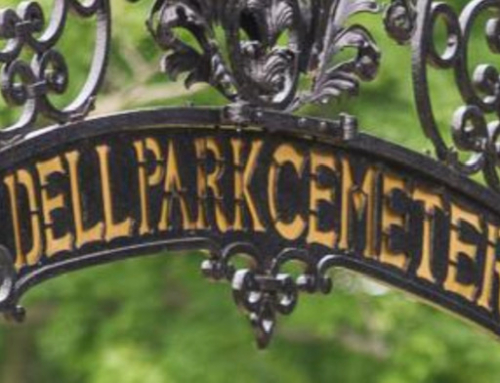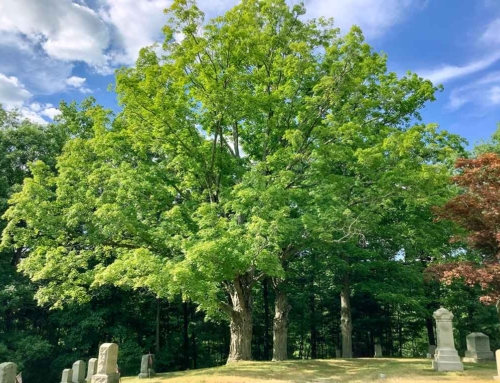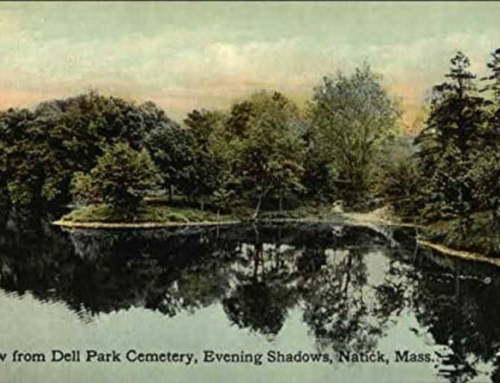Henry Wilson, abolitionist, congressman, and Vice President under Grant, is buried here. His passing was observed with services in Washington, D.C. and in Philadelphia, where his body lay in state before continuing its journey through New York City, to Boston and Natick’s Dell Park. The body once again lay in state in the large hall on the top floor of Clark’s Block. Final funeral services held in Natick were attended by dignitaries representing State and Federal government, the military, and clergy.

Photograph of Henry Wilson by Mathew Brady
Henry Wilson (1812-1875), abolitionist and state Senator, served as U.S. Senator from Massachusetts from 1855-1873. Wilson became the 18th Vice President of the United States under President Ulysses S. Grant in 1873 and continued in office until his death in 1875.
Henry Wilson Shoe Shop was listed in the National Register of Historic Places in 2000
He is the same Henry Wilson whose cobbler shop still stands on West Central Street in Natick. His success as a shoe maker resulted in the nicknames the “Natick Cobbler” and the “Natick Shoemaker” used by his political supporters to underline his working class roots. He was a staunch abolitionist and during the Civil War was Chairman of the Committee on Military Affairs and the Militia. During the period of reconstruction that followed the Civil War, Wilson was an active proponent of the civil rights of African Americans. His political and legislative duties in the Senate, his frequent appearances as spokesman for the Republican Party, and the successful presidential campaign of 1872, all took a toll on his health and in 1875 he died while still in office. After lying in state in the rotunda of the U.S. Capitol and funeral ceremonies in the Senate Chamber, an elaborate funeral procession bore his coffin to the Baltimore and Potomac Railroad Station. From the capitol the train stopped in Philadelphia where the coffin again lay in state and from there through New York City, to Boston, and ultimately to Dell Park Cemetery in Natick where his modest grave is surrounded by monuments of family members who predeceased him, including his wife and son.

1872 Campaign Poster





